The Arabic Language – A History
In addition, as a first language in Saudi Arabia Tagalog, Rohingya, Urdu, Egyptian Arabic and several other minor languages are spoken. It is significant that the minor language known as South Arabic, spoken by some 50,000 people in Oman and Yemen. The related Semitic language of Ethiopia are not dialects of Arabic. While Arabic is used for business and other communication purposes and is the language of the majority of people, another minority language is spoken by foreigners. Arabic is the language the Koran is written in and Mulim people generally learn this language so as to read the Holly book.
Dialects in Arabic
Colloquial or dialectical Arabic refers to the numerous national and regional variants of classical Arabic in North Africa and the Middle East and represent the everyday spoken language.
There are various accent variants and local pronunciations of the language in various regions of the country such as Egyptian Arabic (an informal language), Gulf Arabic, Levantine Arabic (also known as Mashreq. There is also a number of other dialects such as Arabic, Maghrebi or Darija Arabic, spoken in the regions of Morocco, Algeria, Tunisia and Libya. There are other less popular versions like Andalucian Arabic also known as Spanish Arabic plus Hispano Arabic also known as Mesopotamian Arabic).
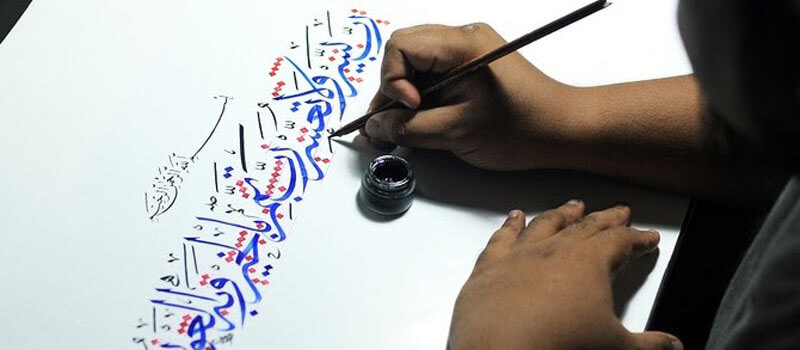
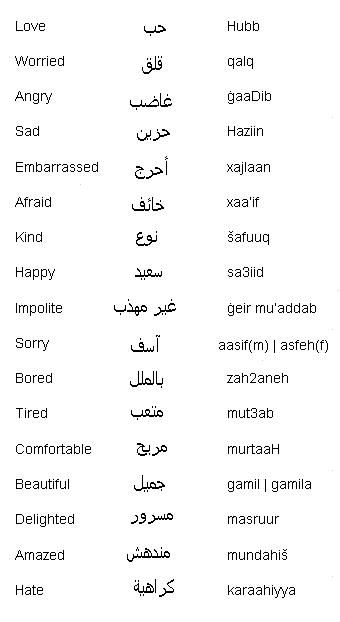
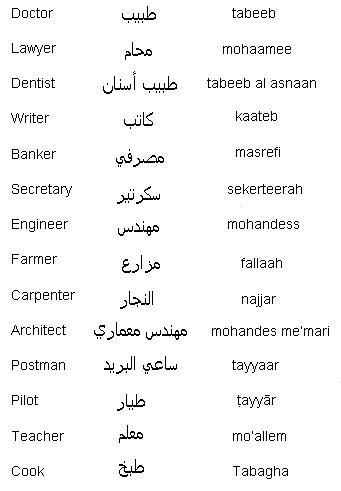
The Language of the People
Colloquial Arabic, also known as Lah Ja, is the language the people use at a specific place every day, and it is not mutually understandable between different countries.
Hejazi Arabic, the spoken variant of the Arabic language is two distinct dialects spoken in the western Saudi region of Arabia, one of the rural Bedouin population and another spoken by the city dwellers of the country. They are also known as the “Hejazi” Arabic form and speak an urban dialect spoken in Saudi cities such as Mecca, Yanbu, Jeddah and Medina.
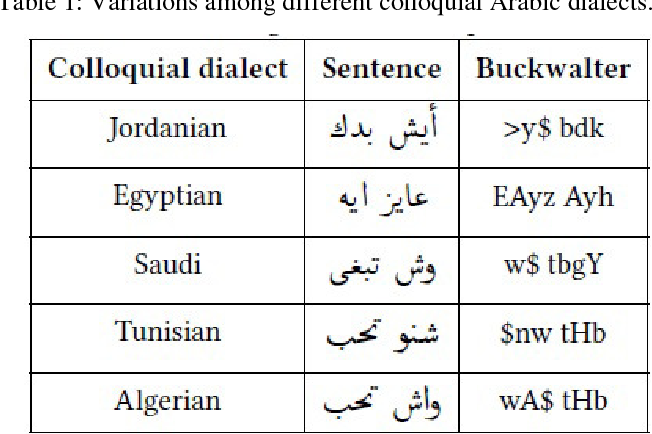
More Dialects
Hejazi Arabic, also known as West Arabic, is a variant of Arabic language spoken in the western region of Saudi Arabia. Also known as West Arabic or Hejazi-Propper Arabic, the first language of the Saudi people who come from the Western region of the Kingdom.
It is the language of millions of people in Arab countries and other parts of the world. Arabic, the official language of Saudi Arabia spoken by millions around the world, is spoken by over a billion people as the kingdom’s official language. Poetic and crass, it is used in cities, mosques and restaurants around the world.
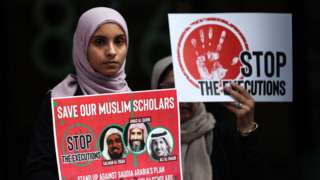
Arabic is the official language of 15 countries (Algeria, Egypt, Sudan, Iraq, Syria, Saudi Arabia, Morocco, Bahrain, UAE, Oman, Yemen, Kuwait, Jordan, Libya and Tunisia) where approximately 200 million people speak Arab dialects.
Arabic is an important vocabulary source for languages as diverse as Berber, Kurdish, Persian, Swahili, Urdu, Hindi and the spoken variants of Turkish, Malay and Indonesian, as well as for other languages in the countries where they are spoken.
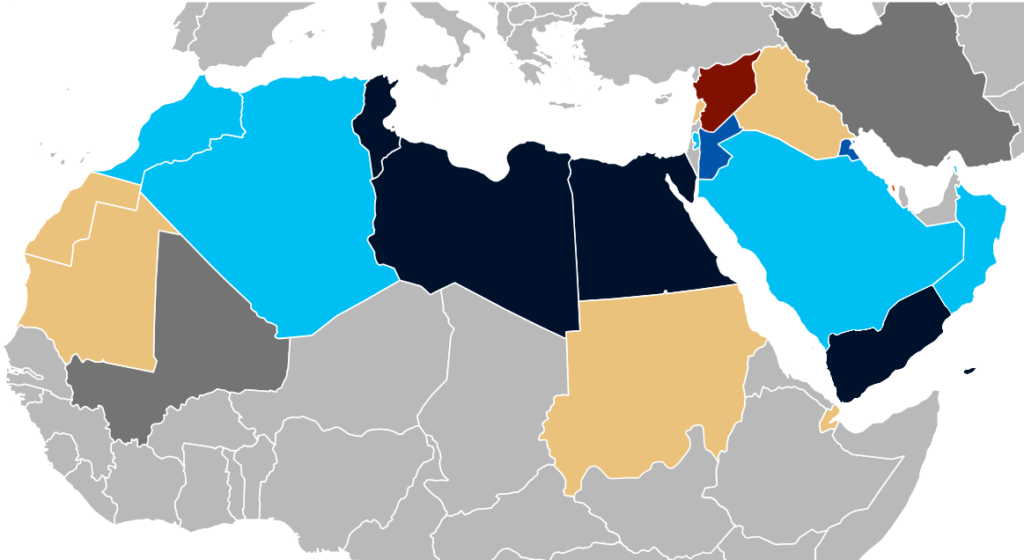
For example, the non-Arabic “V” is used in Maghreb dialects both as a written language and as a foreign name. The classical version of Arabic was regarded as an exclusive written language and not as a spoken language.
In Saudi Arabia and the rest of the Arab world modern Arabic standard (MSA) is spoken alongside classical Arabic. It is the most widely used version in the media, in schools and as a second foreign language for published works. Literary Arabic and Classical Arabic are the official languages of the Arab countries and the only forms of Arabic taught in schools.
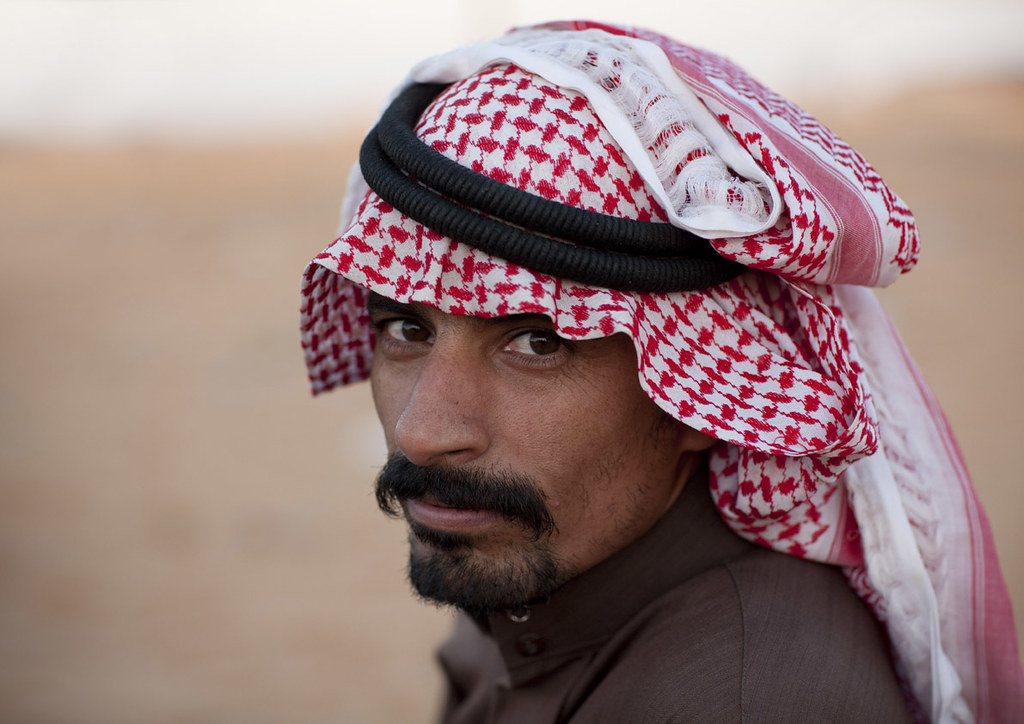
The grammar of Urdu, used by over 400,000 Pakistanis living and working in Saudi Arabia as the first language, combines components of various Asian languages (Farsi, Hindu Arabic, etc.
As the national language with the longest written history, Maltese dialects of Arabic are often used in newspapers and books. At the same time native dialects such as Zahrani (who speaks Arabic) and Faifi (who speaks Arabic) are almost extinct, with the exception of the south of Saudi Arabia, where they have prevailed for centuries.
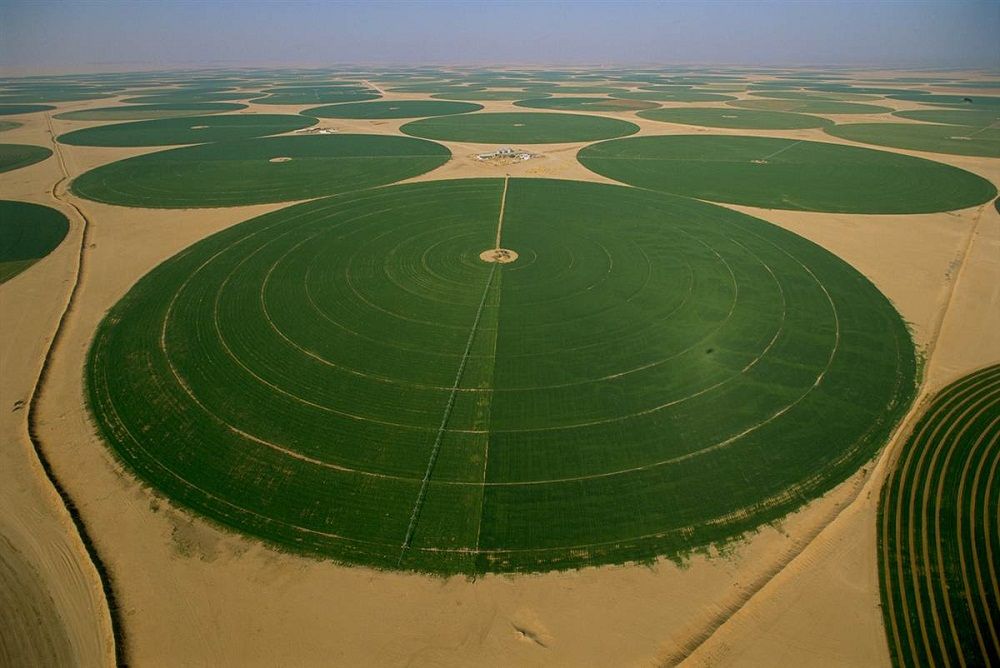
Arabic is the official language of Saudi Arabia and the country employs expats from around the world, with more than 30% of its population coming from outside the country.
More than 80% of the inhabitants of Saudi Arabia come from abroad, with a particularly high number coming from the Arabic Gulf, which makes learning the Arabic language relatively easy.
But learning the language is unusual, given the lifestyle of many expats, whose connections are often disconnected and forbidden by the country’s natives.

Najdi Arabic is the first spoken language of about a third of the Saudi population, and at the last census 8 million people spoke Arabic. It is spoken by about a quarter of all Arab speakers in Saudi Arabia and is often the first language spoken by people living in the central region of the country.
When learning Arabic, it is recommended that you learn the dialect of the language in a specific country or region you are visiting or doing business in. The first question the student has to ask is whether the right dialect to learn Arabic is the best dialect to start learning. Those new to the language are encouraged to learn modern-style Arabic because it is widely spoken and understood and is not specific to a region or country.
They learn to read and write classical Arabic, a language that has evolved from ancient bardic poetry in the desert to the solid and enduring written form of the Koran, the sacred book of the Muslim faith.
Several hundred elementary-school-age American children have begun learning Arabic, which is spoken by more than eighty million people as a second language.
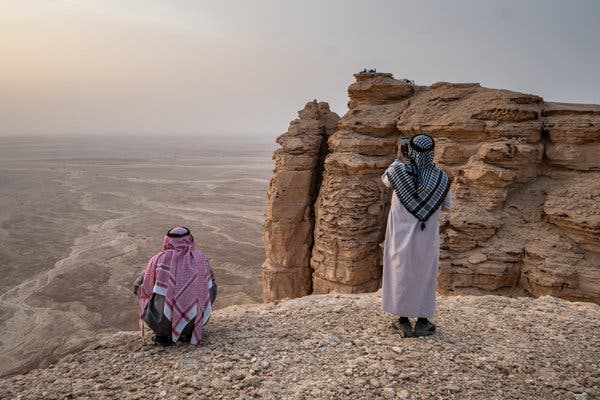
Arabic Basic Phrases
Welcome to a few short basic Arabic phrases to help you with the language.
Welcome – Salam Alaikum …………………… (Reply) – Alekum Salam
How are you? – Kaeef Huluk
Please come here. Tal Hana
Go away. Im shee
Do you have: Fee ……………
Do you have water: Fee Moya
Where is the Hospital? Fayn Mustashfa
Where is Mohamad? Fayn Mohamad
Where is the police station? Qism Alamin
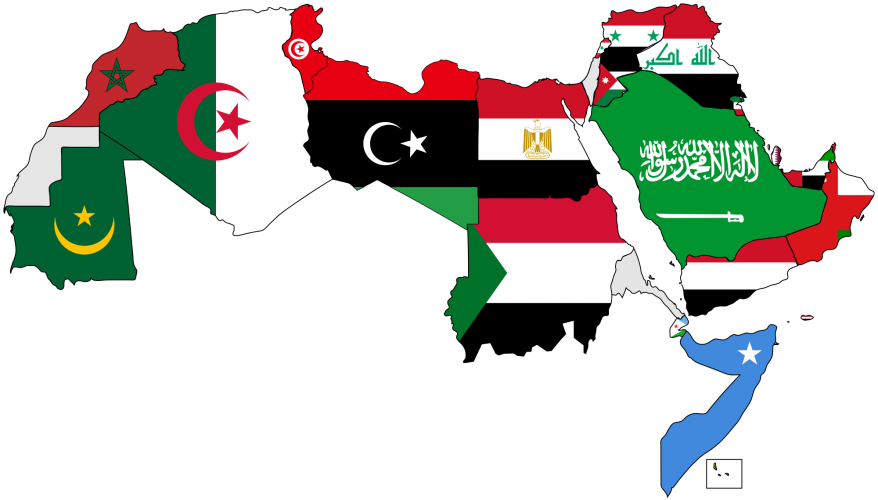
Author

